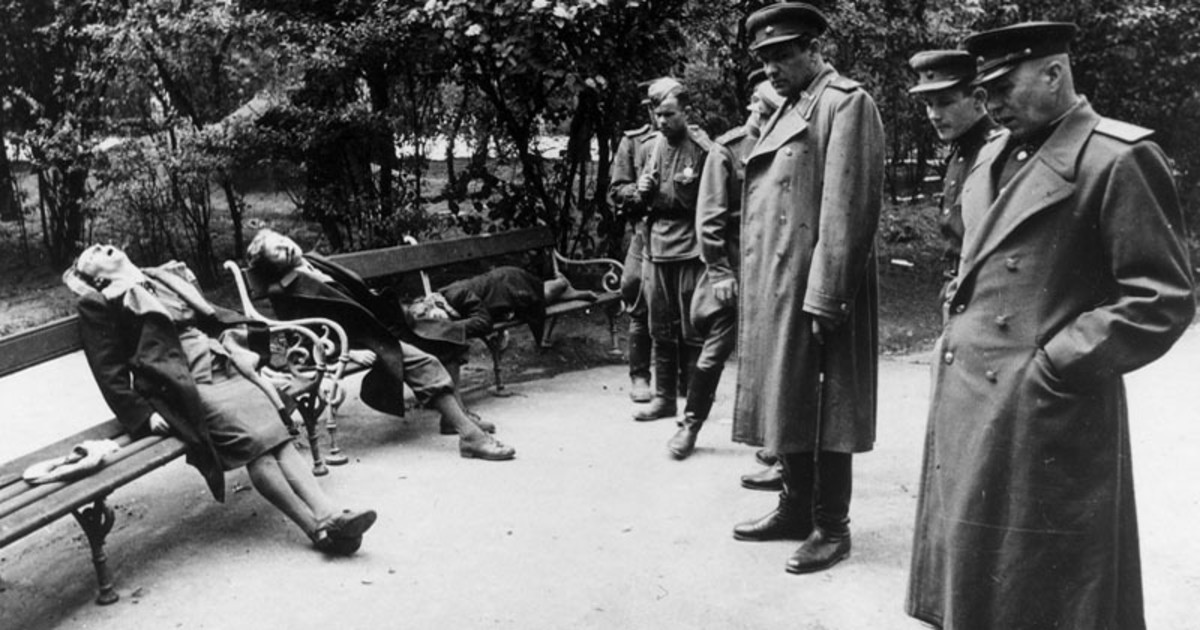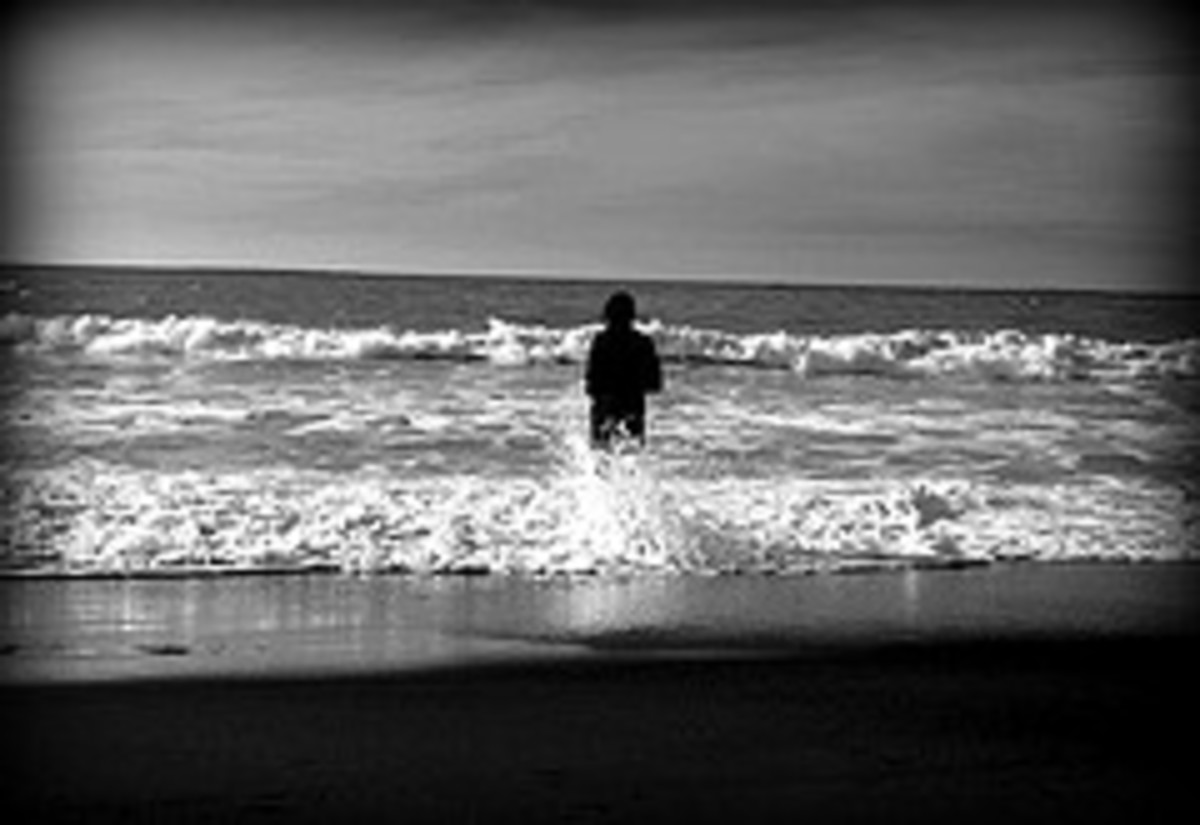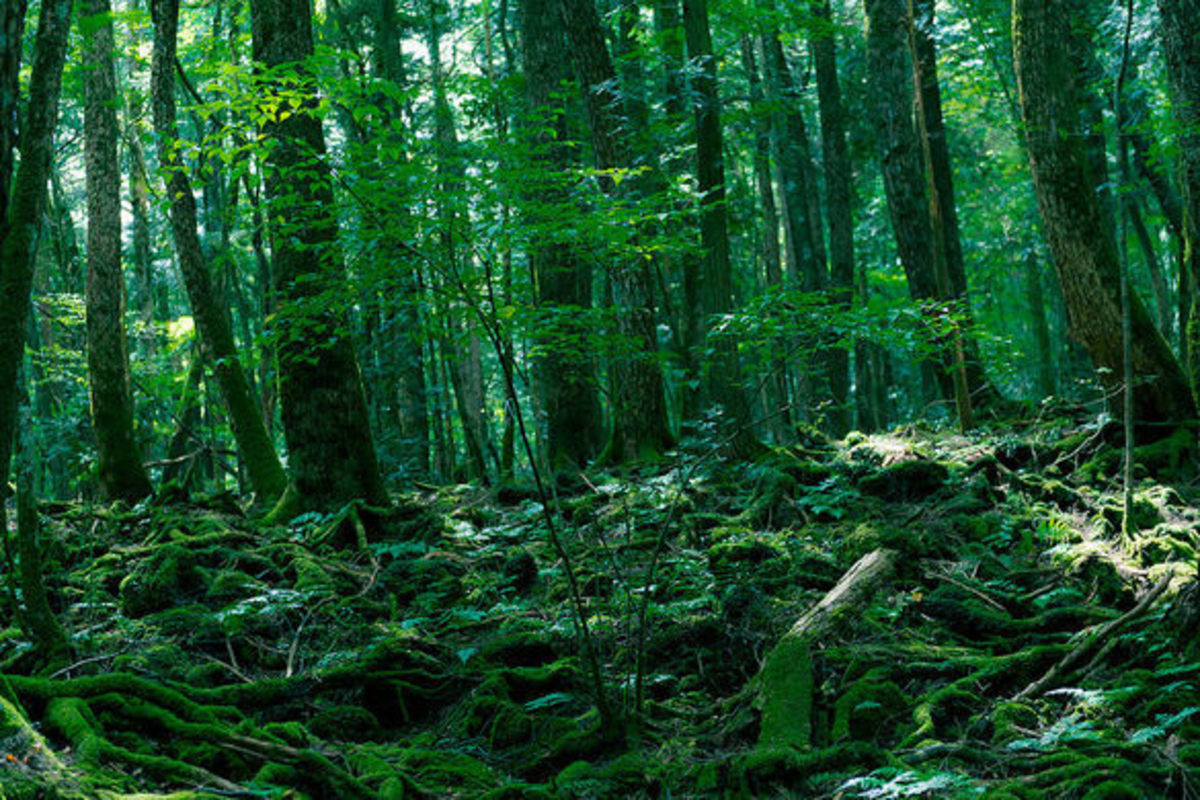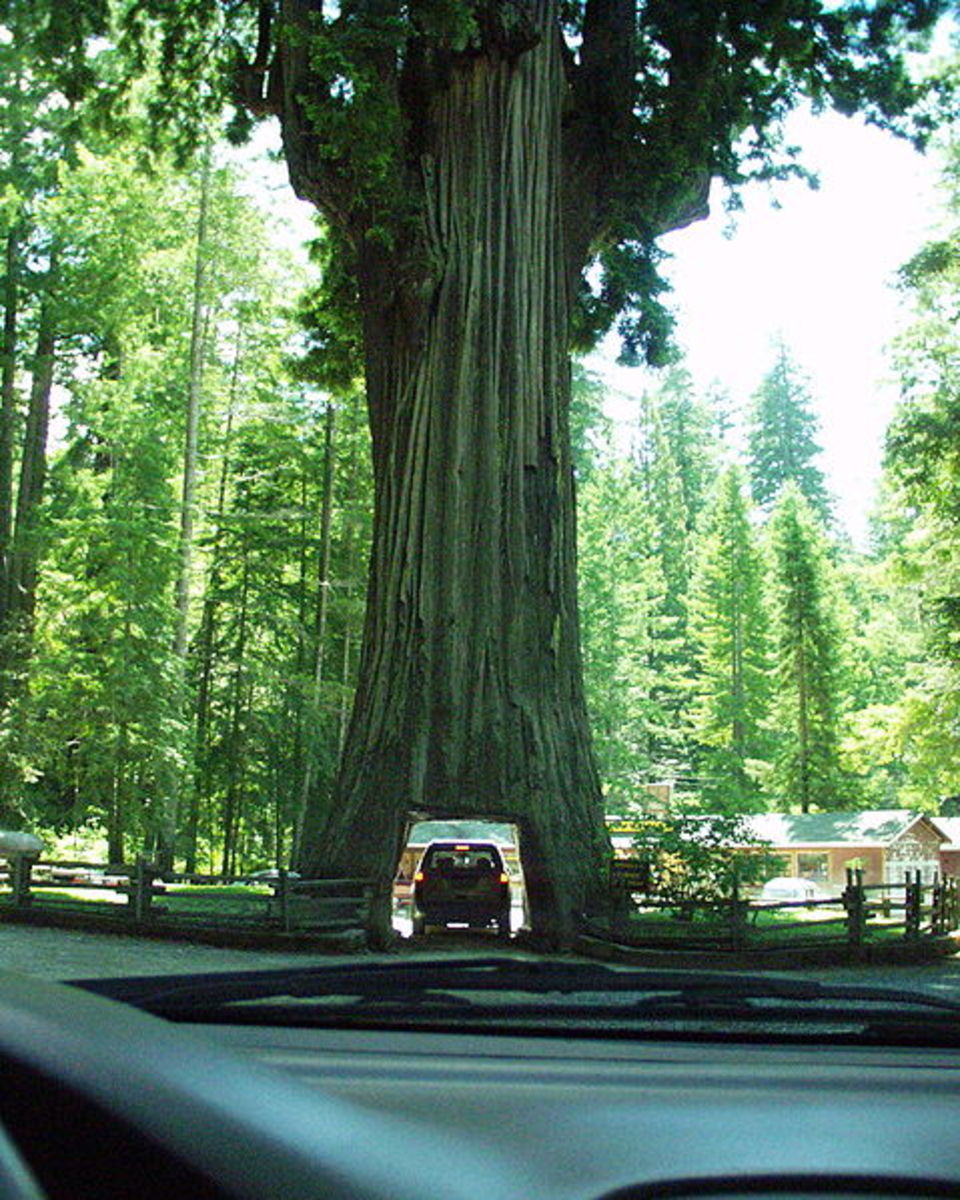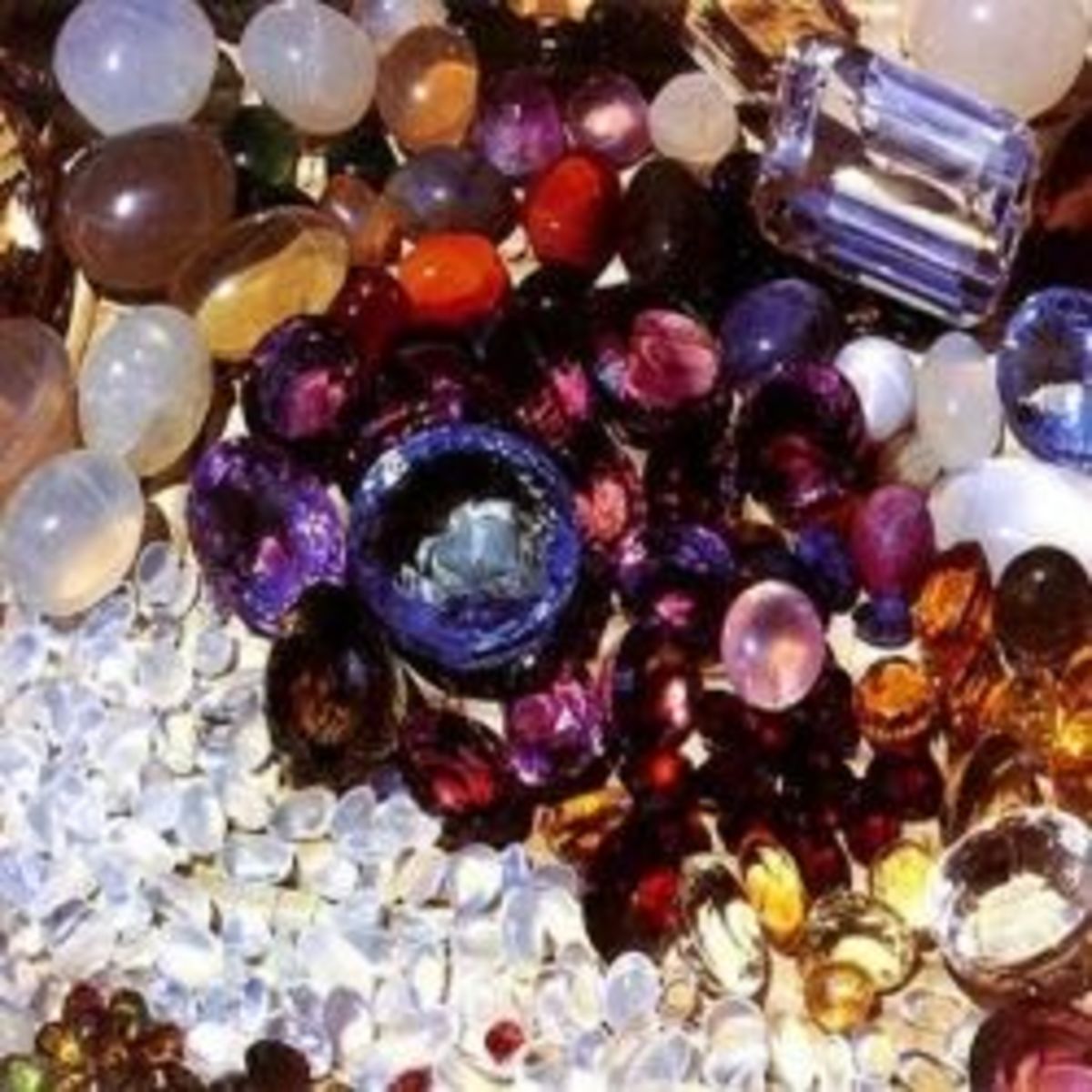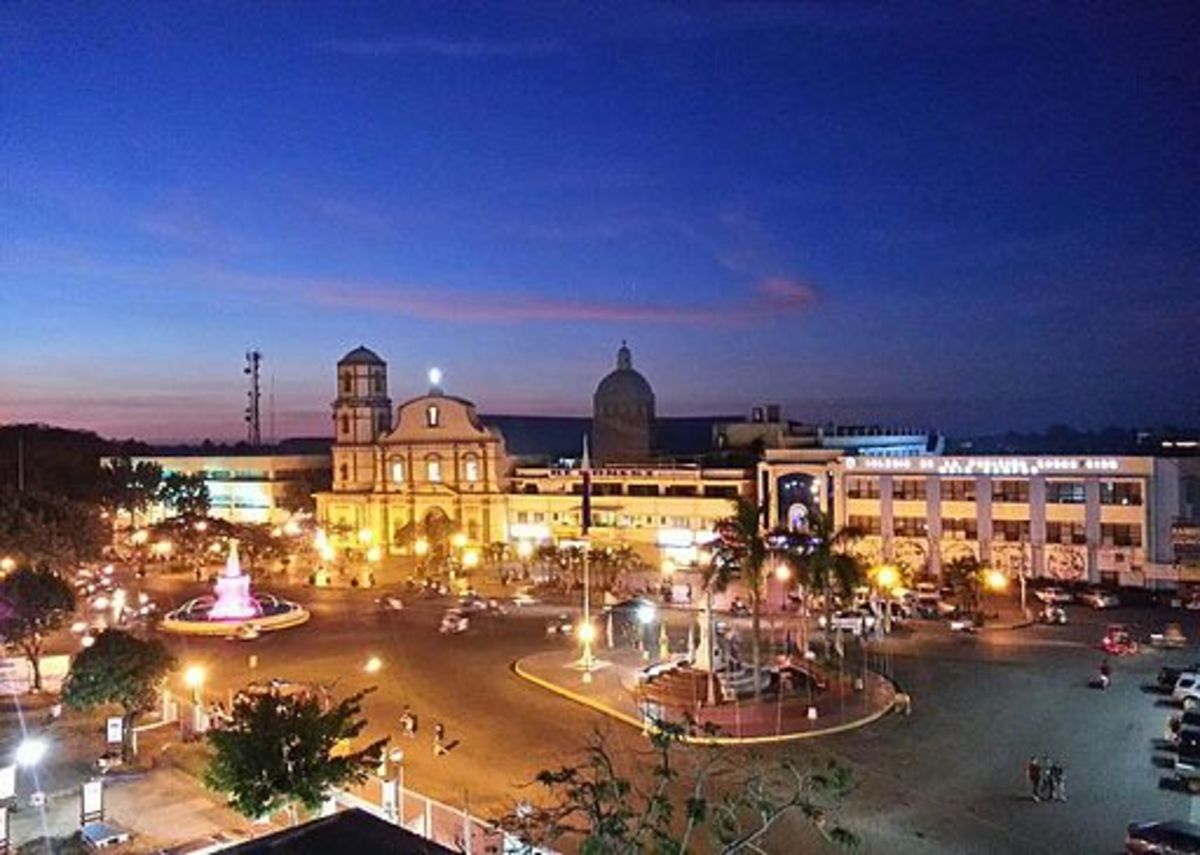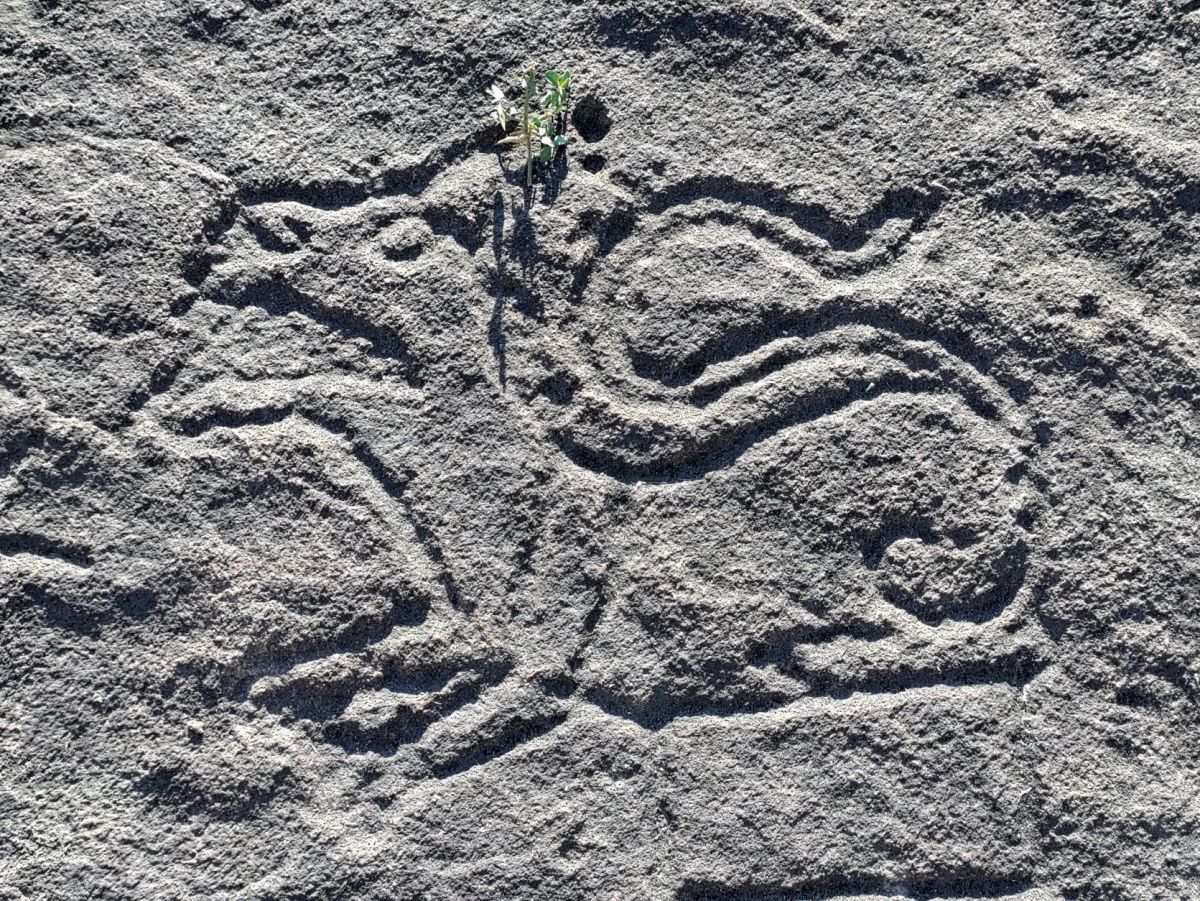Aokigahara, or, The Suicide Forest
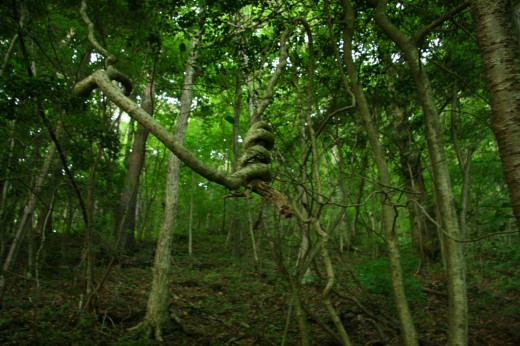
The "Suicide Forest", Aokigahara, or, "The Twisted Forest", is a forest near Mount Fuji in Japan. It looks like the proverbial "forest primeval"; extremely quiet, with old-growth, moss covered trees. It is so dark and quiet; the trees are so closely crowded together that they block the wind and sun. Another name for Aokigahara is "The Sea of Trees". There is a noticeable absence of wildlife; animals and birds just don't go there.
It has its own beauty; the ice caverns near the start of the forest are a popular Japanese tourist attraction. The "Ice Cave" and "Wind Cave" are destination spots for local hikers and visiting tourists.
It is also notorious for suicides.
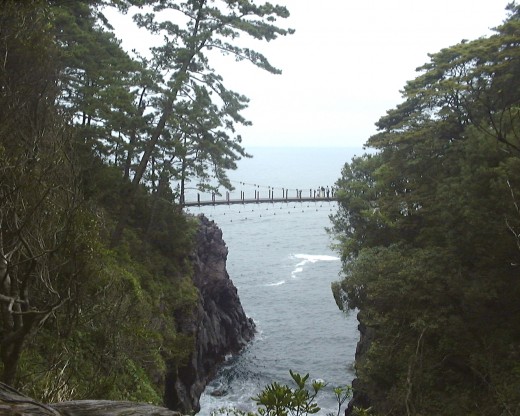
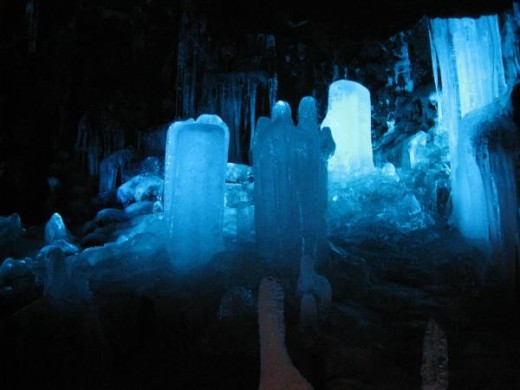
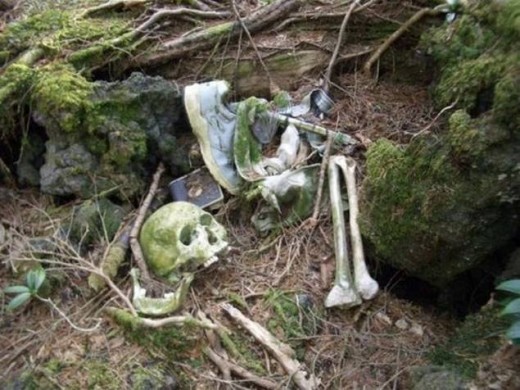
How many suicides?
Up to about 100 persons per year commit suicide in this forest. In 2010, 247 people tried to commit suicide; 54 people succeeded. The forest is so notorious for suicides that twice a year, Japanese volunteers go on a "body hunt", looking for the unburied dead. There are signs posted all throughout the first few kilometers in the forest, trying to talk people out of committing suicide. The signs, which are posted in both Japanese and English, say things like, "Don't do it!" Or, "Think about it!" Or, "Call someone, anyone, and talk before you try to commit suicide". Things like that.
The body count rose dramatically after a book called "Nami no To", or "Tower of Waves" was published by Seicho Matsumoto in 1960. The climax of the book results in two lovers committing suicide in the Aokigahara forest. Still, that doesn't account for the rash of suicides in this haunted place. After all, there weren't a rash of suicides in London after Wm. Shakespeare's "Romeo and Juliet" was first performed. (Not that I know of, anyway.)
Year
| # of Suicides
| |
|---|---|---|
1998
| 73
| |
2002
| 78
| |
2003
| 100
| |
2004
| 108
|
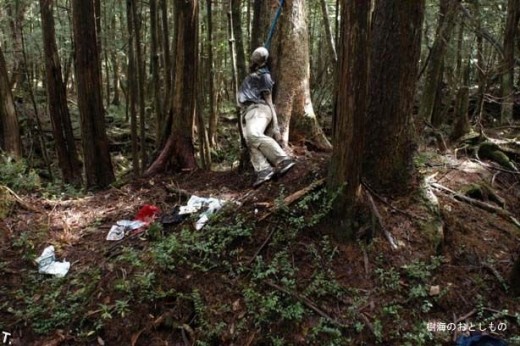
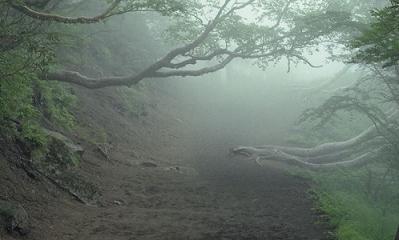
Not all the bodies are found. The forest is dark, and dense, and deep. And oh, so haunted.
In traditional Japanese mythology, Aokigahara is haunted by demons.
Aokigahara is also one of the traditional places for ubasute.
"Ubasute" was, up until the late 1800's, a Japanese practice of leaving elderly, infirm, sick people out on a mountaintop or deep in a forest to die, of starvation or exposure.
No wonder the Aokigahara forest is haunted.

